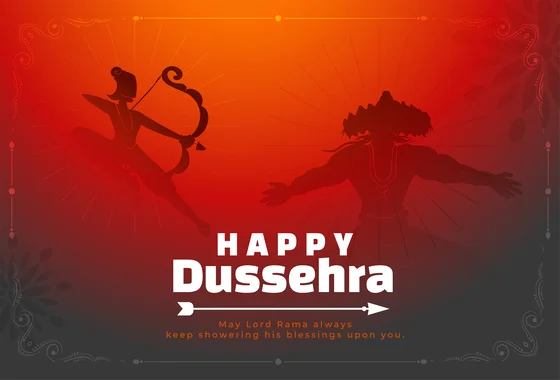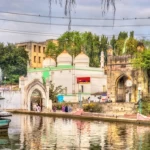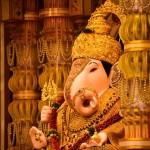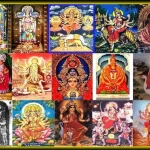Dussehra: Celebrating the triumph of good over evil, a symbol of righteousness and unity in India. 🪔🎉 #DussehraFestival
Introduction
India is a land of diverse cultures and traditions, and Dussehra, also known as Vijayadashami, is one of the most widely celebrated festivals in the country. It marks the victory of good over evil and is a symbol of the triumph of righteousness. This festival holds immense significance in the hearts of millions of Indians and is celebrated with great fervor and enthusiasm. In this blog, we will explore the rich history, cultural significance, and diverse celebrations of Dussehra.
Historical Origins
The story behind Dussehra has its roots in ancient Indian mythology and epic tales. One of the most famous stories associated with Dussehra is the Ramayana, which narrates the life and adventures of Lord Rama. Dussehra marks the day when Lord Rama, with the blessings of Goddess Durga, defeated the ten-headed demon king Ravana, symbolizing the victory of virtue over vice.
Another significant aspect of Dussehra is the worship of Goddess Durga. In many parts of India, Dussehra coincides with Navratri, a nine-day festival dedicated to the divine feminine. During these nine days, various forms of Goddess Durga are worshipped, and on the tenth day, which is Dussehra, the goddess is revered and idols are immersed in water, marking the end of the festivities.
Cultural Significance
Dussehra carries immense cultural significance in India, and it is celebrated with various customs and traditions. One of the most iconic customs is the Ramlila, a theatrical reenactment of episodes from the Ramayana. These performances are staged in various parts of the country, and people gather to witness the epic saga of Lord Rama, Sita, and the defeat of Ravana.
In many regions, the festival also marks the onset of the harvest season, and farmers express their gratitude by worshiping their tools and equipment. This aspect of Dussehra signifies the importance of agriculture and the pivotal role it plays in the lives of Indians.
Regional Celebrations
Dussehra is celebrated differently across various regions of India, showcasing the country's diversity. In the northern and western parts of India, the effigies of Ravana, his brothers, and his demon companions are erected and set ablaze, symbolizing the destruction of evil. This event is followed by colorful fireworks and festivities.
In the eastern state of West Bengal, Dussehra coincides with Durga Puja, a grand festival dedicated to Goddess Durga. The state comes alive with magnificent pandals (temporary structures), artistic idols of the goddess, and cultural performances.
In the southern state of Karnataka, Dussehra is celebrated with the Mysore Dasara festival. The Mysore Palace is illuminated with thousands of lights, and a grand procession, featuring caparisoned elephants, musicians, and traditional dancers, takes place. The city of Mysore comes alive with the spirit of Dussehra.
Modern Relevance
While Dussehra is deeply rooted in tradition and mythology, it continues to hold modern relevance. It serves as a reminder of the eternal battle between good and evil, urging individuals to choose the path of righteousness. Dussehra emphasizes the importance of standing up against injustice and tyranny, echoing the values of truth, integrity, and courage.
The festival also promotes unity and cultural diversity, as people from all walks of life come together to celebrate this auspicious day. It's a time for families and communities to bond, share delicious meals, and exchange gifts and good wishes.
Conclusion
Dussehra is a celebration of the victory of good over evil, a reflection of India's rich cultural heritage, and a reminder of the eternal battle between right and wrong. The festival bridges the gap between the ancient past and the modern present, connecting people across generations. As millions of Indians come together to celebrate Dussehra, they honor their traditions and reinforce the timeless message of virtue and morality that this festival represents.










